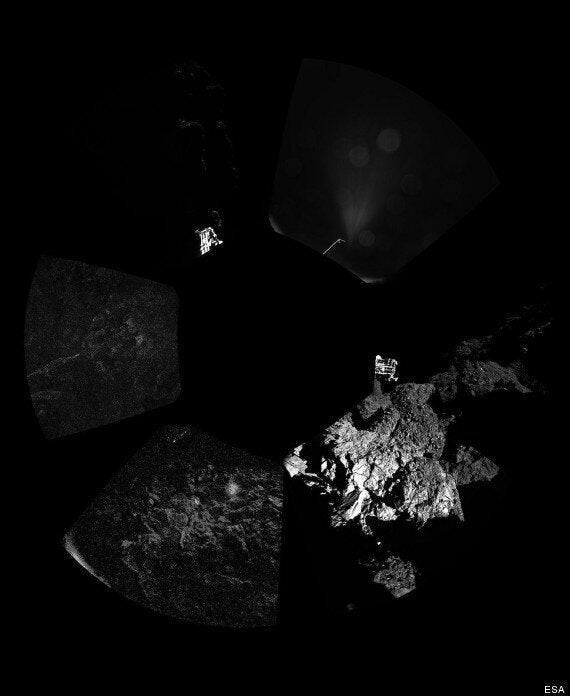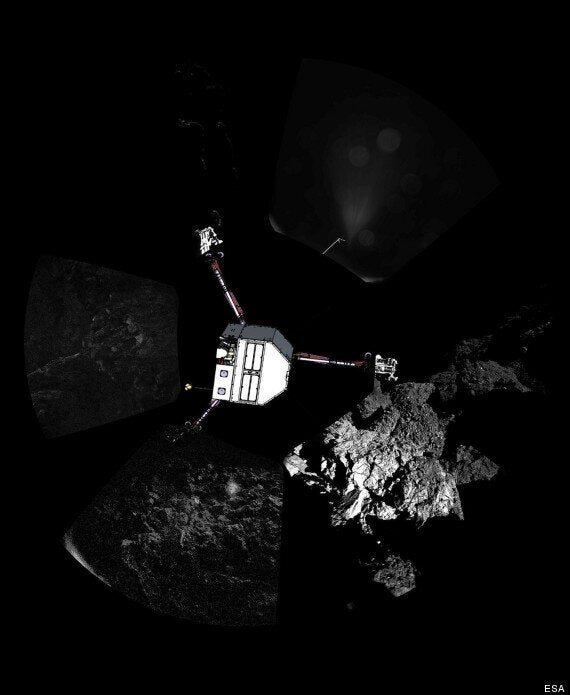The European Space Agency has made a last-ditch attempt to drill into the surface of a comet as the batteries on its lander quickly wear down.
In a press conference held on Google Hangouts, ESA officials said that the Philae lander is stuck in a corner, surrounded by rocks, with its solar panels in shadow.
Unless the comet alters its position relative to the sun, or the space craft can somehow be moved, its batteries will soon be totally depleted.
ESA has lost touch with the lander while the orbiting Rosetta craft is positioned on the other side of the comet. It won't be known if the drill worked until the craft passes back overhead on Friday evening - but it is also possible the lander will be effectively dead by the time.
It is also possible that in days or weeks the craft could spark back into life if the comet moves - but that is an unknown.
One of the options left to scientists is to attempt to 'hop' the lander again - using its landing gear or the flywheel to send it back into the vacuum and try to find a different spot.
At the conference Dr Matt Taylor, project scientist on Rosetta, apologised for wearing a heavily-criticised and garish shirt featuring suggestive cartoons of women, saying it distracted from the mission.
He said:
"The shirt I wore this week, I made a big mistake and I've offended many people and I'm very sorry about this."
Here is the latest image of the lander - it's a before and after so you can see where the lander actually is.


The 100kg lander weighs an equivalent of just a gramme on the comet.
It was left stuck in the hole after a dramatic multiple hop landing on Wednesday, following its four billion mile, 10-year journey.
British scientist Professor Ian Wright, lead investigator for Philae's Ptolemy instrument that is designed to analyse the composition of surface and dust samples, said:
"The hopping idea is being actively considered. There's no manual for this. We're having to respond to what we think we're dealing with. The balance we have to strike is using power to rescue the craft and using power to do some science.
"There's no rule book for this stuff. People are very tired and thinking about it as well as they can. Clearly we're potentially heading towards the end, but if we could get it out into a bit more sunlight then things will improve.
"In actual fact these movements don't take up a lot of power. There is a slight worry that if you try to move something it might make things worse. It might topple over. But clearly if you're getting to the end there's no harm in having a go.
"It's a complete unknown but clearly we should be taking risks. There's no point in not doing that."
Next year, as the comet grows more active, Rosetta will step further back and fly unbound "orbits", making brief fly-bys to within five miles of the comet's surface.
The comet will reach its closest point to the sun on August 13 next year at a distance of about 115 million miles, roughly between the orbits of Earth and Mars.